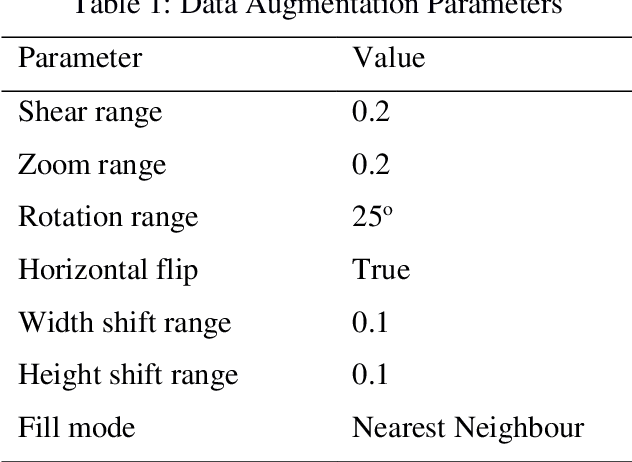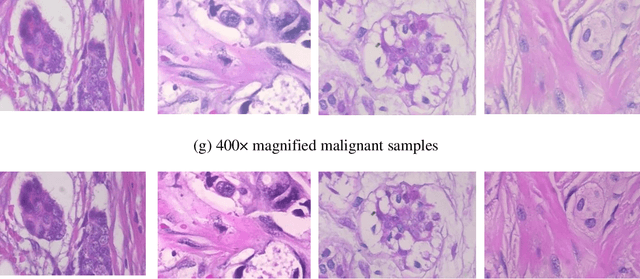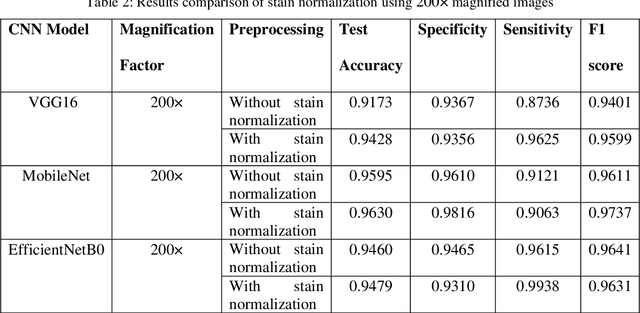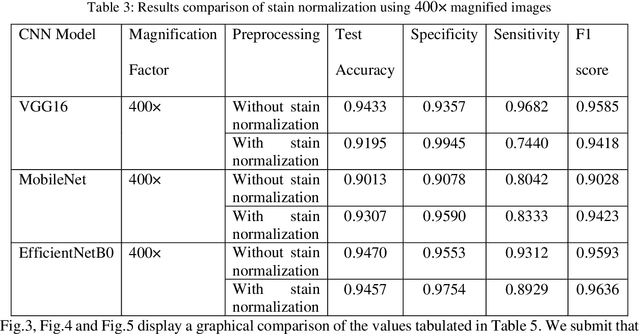Sruthi Krishna
Stain Normalized Breast Histopathology Image Recognition using Convolutional Neural Networks for Cancer Detection
Jan 04, 2022



Abstract:Computer assisted diagnosis in digital pathology is becoming ubiquitous as it can provide more efficient and objective healthcare diagnostics. Recent advances have shown that the convolutional Neural Network (CNN) architectures, a well-established deep learning paradigm, can be used to design a Computer Aided Diagnostic (CAD) System for breast cancer detection. However, the challenges due to stain variability and the effect of stain normalization with such deep learning frameworks are yet to be well explored. Moreover, performance analysis with arguably more efficient network models, which may be important for high throughput screening, is also not well explored.To address this challenge, we consider some contemporary CNN models for binary classification of breast histopathology images that involves (1) the data preprocessing with stain normalized images using an adaptive colour deconvolution (ACD) based color normalization algorithm to handle the stain variabilities; and (2) applying transfer learning based training of some arguably more efficient CNN models, namely Visual Geometry Group Network (VGG16), MobileNet and EfficientNet. We have validated the trained CNN networks on a publicly available BreaKHis dataset, for 200x and 400x magnified histopathology images. The experimental analysis shows that pretrained networks in most cases yield better quality results on data augmented breast histopathology images with stain normalization, than the case without stain normalization. Further, we evaluated the performance and efficiency of popular lightweight networks using stain normalized images and found that EfficientNet outperforms VGG16 and MobileNet in terms of test accuracy and F1 Score. We observed that efficiency in terms of test time is better in EfficientNet than other networks; VGG Net, MobileNet, without much drop in the classification accuracy.
 Add to Chrome
Add to Chrome Add to Firefox
Add to Firefox Add to Edge
Add to Edge